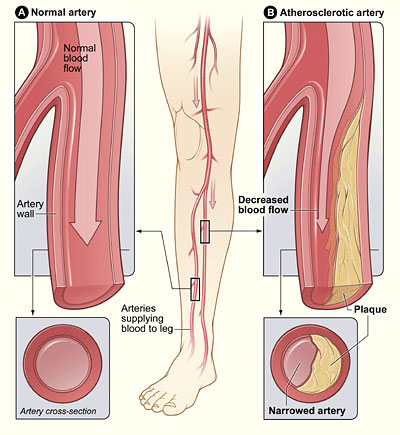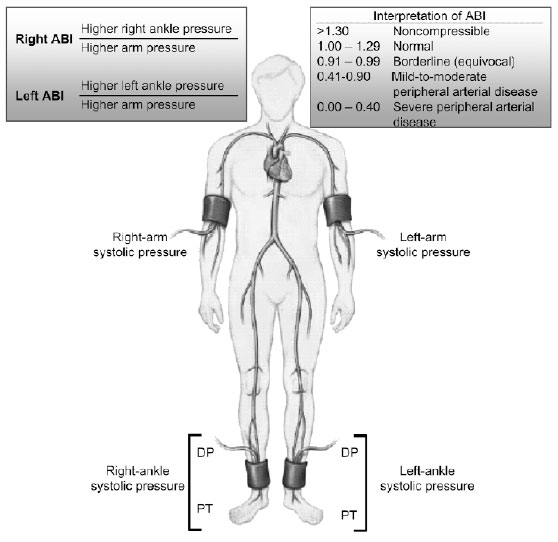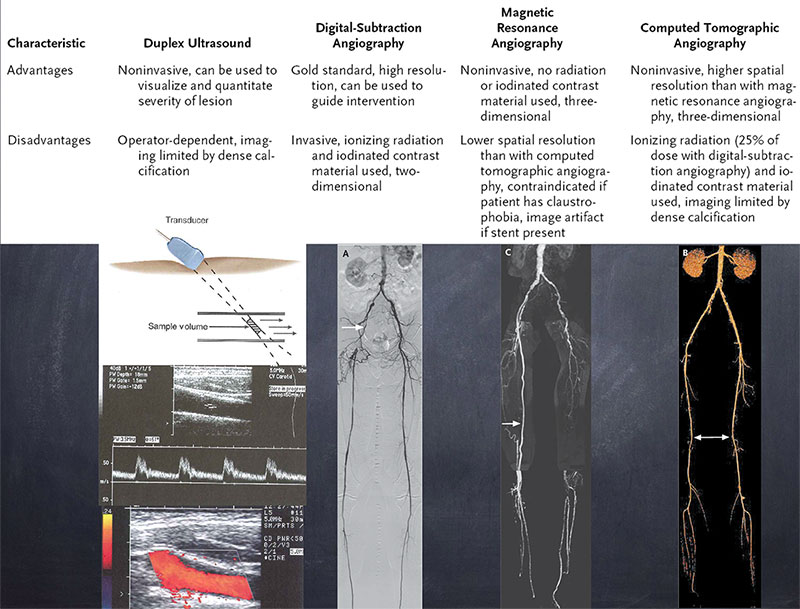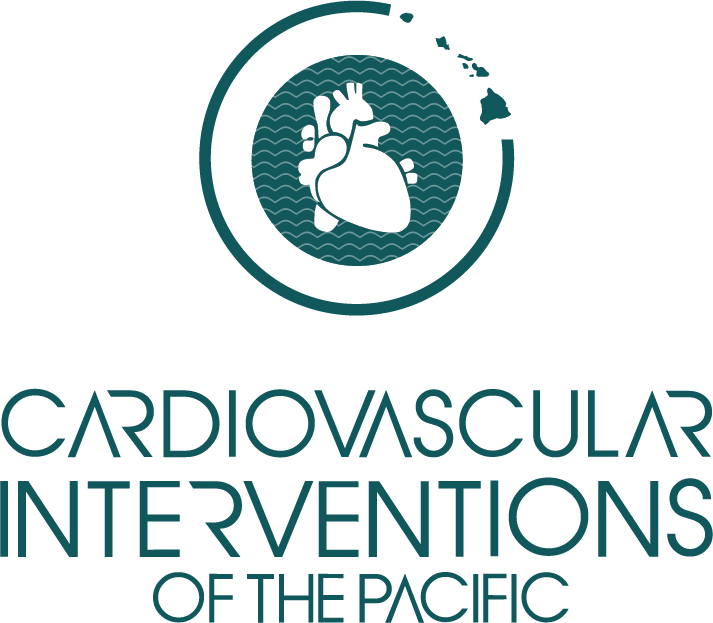limb salvage hawaii
Dr Ramy Badawi is your specialist about limb savage Hawaii. Please contact us to get more information.
Avoid Limb Amputation
Dr Ramy Badawi offers “peripheral arterial disease evaluation” and “peripheral arterial interventions for claudication and limb salvage” on a regular basis at the Queens Medical Center and at Adventist Health Castle. He works closely with other specialists including Wound Care, Dermatology, Podiatry, Infectious Disease, and Primary Care Physicians.
He has over 10 years of experiences. In 2012 Dr Ramy Badawi founded the first “Critical Limb Ischemia” (CLI) program at Queens Medical Center in conjunction with the Queens Wound Care Center. The CLI-program was an active multi-disciplinary program that he led until 2018 aiming to evaluate and treat patients for poor vascular supply to non healing wounds.
Additionally Dr Ramy Badawi is the founder of the first coronary chronic total occlusion (CTO) percutaneous coronary intervention (PCI) program in Hawai’i adopting the “hybrid” algorithm with the help of CTO pioneers in the field like Dr Dimitri Karmpaliotis, Dr Michael Wyman and Dr William Lombardi. He performed the first procedure in Hawaii at Queens Medical Center in 2013 which remains active to date.
In 2018, he founded his own company "Cardiovascular Interventions" to promulgate CTO PCI as a procedure throughout Hawaii.
In 2019 he began offering the procedure at Adventist Health Castle where the procedure is now available on a weekly basis. He now shares his time between both institutions to bring complex coronary procedural experience to both “town” side and “windward” side of Oahu on a weekly basis.
Dr Ramy Badawi has been a pioneer for CTO and CHIP complex coronary procedures in Hawaii and has been an advocate for cross-institution collaboration among Hawaii physicians in the field and he hosts a quarterly Hawaii Wide Cath Conference to encourage dissemination and discussion of ideas in the CTO and CHIP space.
Dr Ramy Badawi remains very active in the field performing cases both nationally and internationally and supporting other local physicians with complex coronary percutaneous coronary interventions (CHIP PCI) in the state including at Kaiser Permanente, Tripler Army Medical Center and Kuakini Medical Center.
Avoiding limb amputation due to poor wound healing from poor blood supply to the limb aka as critical limb ischemia requires a concerted multi-disciplinary effort to restore blood flow to the limb and a number of other strategies to enhance wound healing.
limb salvage hawaii
About Peripheral Arterial Disease (PAD)
The build of cholesterol fat plaque in the blood vessels supplying the arms or legs is called “peripheral arterial disease” (PAD).
It is very prevalent – 1 in 5 adults over 65 years have it. And in fact probably 1 in 3 adults with heart disease have it. Important to realize most people who have it do not have symptoms but are at a much greater risk of cardiovascular events (eg. heart attack) and cerebrovascular events (eg. strokes).

limb salvage hawaii
About Critical Limb Ischemia
“Critical Limb Ischemia” (CLI) occurs in 1-2% of patients with PAD. This is the smaller group of patients where the disease is not silent. They present with pain in the limbs even with minimal use of the limb or they present with non healing wounds or ulcers, often, but not always, in the setting of diabetes which often coexists with PAD.
limb salvage hawaii
How would I know if someone has CLI?
In most, it is silent, so you will not know, unless you go looking for it. The best way to start is a careful physical exam looking for pulses throughout the body including hands, feet, neck and abdomen. This, combined with blood pressure checks in both arms and feet to determine an Ankle Brachial Index (ABI) usually has an excellent pick up rate. Best of all, it is harmless.
There are more advanced tests, but they are often only necessary in some patients and these include ultrasounds of the arteries or veins, CT (Computed Tomography) or MR (Magnetic Resonance) scans of the vessels also called CT and MR angiography. Invasive angiography using digital subtraction angiography techniques or DSA are reserved for patients with concerning symptoms (eg. CLI) where a more definitive diagnosis is required to guide possible invasive therapy.
PAD that is silent (asymptomatic) usually will not require invasive angiography.


Once identified treatment options for critical limb ischemia include restoration of blood flow using minimally invasive (or endovascular) procedures using balloons and stents (peripheral angioplasty) or open surgery (vascular bypass).
limb salvage hawaii
Office Email
smasc1011@aol.com
Direct Email
cardiovascular.interventions.hi@gmail.com
Office Telephone
808 376 5340
Office Fax
808 625 4808
©2025-Cardiovascular-Interventions-Of-The-Pacific
Leg saving Hawaii, Avoid amputation Hawaii, Leg salvage Hawaii, Limb salvage Hawaii, Leg artery blockage Hawaii, Peripheral arterial disease Hawaii, Critical limb ischemia Hawaii, Threatened limb Hawaii, Claudication Hawaii, Gangrene Hawaii

